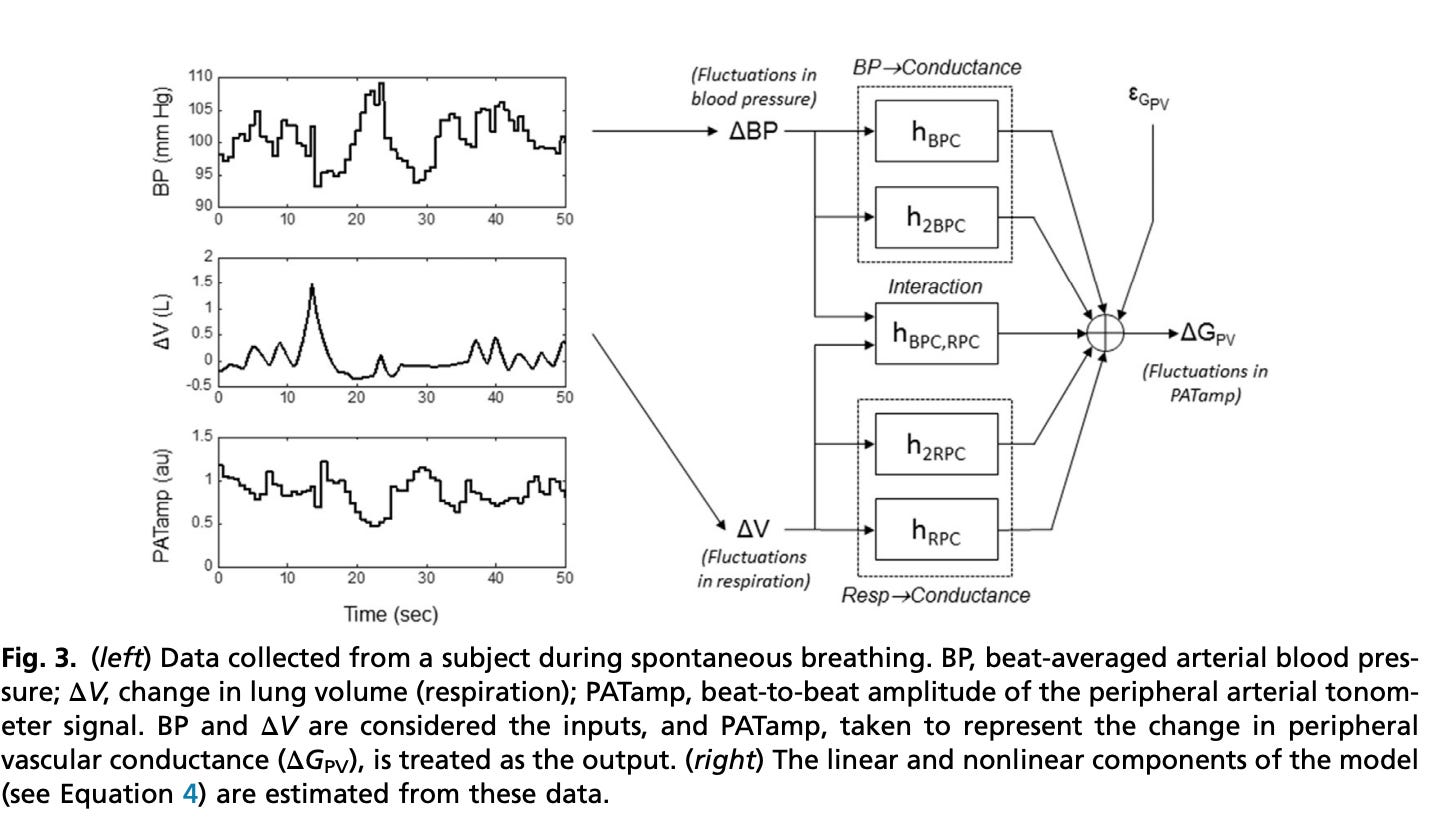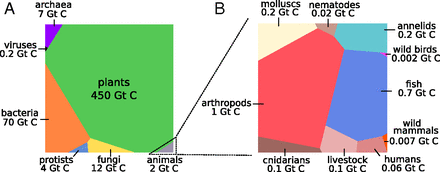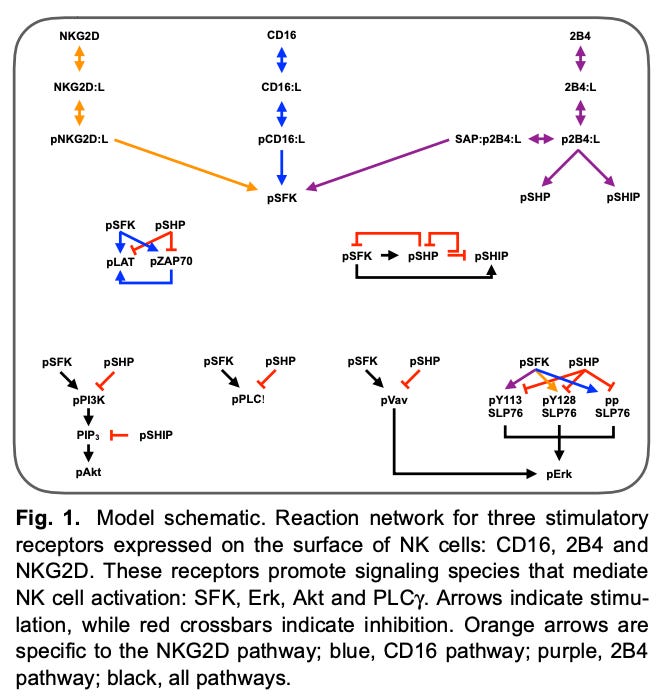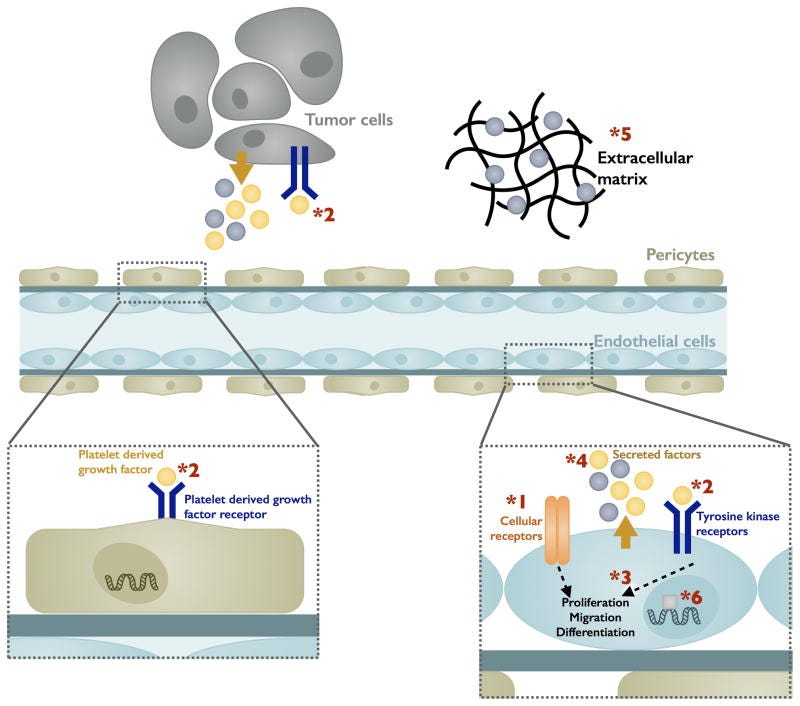Axial - USC #1
Analysis of exciting USC life sciences inventors and their inventions
University of Southern California is more well known for football and its film program than basic research. I have a lot of good memories of USC winning games with Bush, Leinart, and Carroll. One of my teammates ended up starting there and many of my friends from back home ended playing football there too. Similarly, USC has the potential to support the Bush or Leinart equivalents in life sciences. Thankfully, there’s no NCAA in academic research that prevents USC from recruiting the best. Two postdocs from my undergrad actually are young professors at USC and they both along with many of the faculty have the potential to win Heisman-like awards and help form new companies.

Khoo Lab
Studying the mechanics of sleep.Recent
During sleep, mammals go through multiple cycles (90-110 minutes) - the first three characterized by non-rapid eye movement and the last stage rapid eye movement (REM; where dreams often emerge) sleep. The former includes a movement called the hypnagogic jerk, abrupt muscle contractions at the beginning of a cycle and the latter including various face movements and body twitches. The actual mechanics of sleep are important to understand how sleep effects disease. Recently, the Khoo Lab built a model on periodic breathing’s, characterized by repetitive hyperventilation followed by periods of breathing cessation during sleep, impact on health - https://www.ncbi.nlm.nih.gov/pubmed/30465721 - based on a 19 patient sample size, the group used autoregression and a close-loop model (with the premise that sleep cycle features amplify one another) as a step toward predicting the risk of developing periodic breathing from respiratory data.
Past
Overview of using non-invasive data such as respiratory measurements and heart rate to understand sleep apnea’s impact on cardiovascular function- https://www.ncbi.nlm.nih.gov/pubmed/23707878
Using multivariate models of non-invasive data to predict sleep apnea - https://www.sleep.theclinics.com/article/S1556-407X(16)30061-3/fulltext - there is a strong need for a simpler tool to measure/manage sleep apnea beyond CPAPs with the driver especially for payors the role sleep disorders have in cardiovascular disease and hypertension:

Curran Lab
The genetics of aging.Recent
The Curran Lab is a pioneer in aging. Whereas most longevity labs focus on outdoing one another on how much longer they can make a worm or fly live, the Curran Lab and a few others focus on the stress response and physiologically relevant situations. However, a major paper from Curran was focused on purely extending worm lifespans, but at a time when no such data set existed. Instead of touting a discovering that extends lifespan 2x-3x, which might sound appealing but is not relevant outside a controlled environment, focusing on stress is becoming a more compelling approach to cure age-related disease and extend lifespan. Recently, did a useful review on the role of diet in aging - https://www.ncbi.nlm.nih.gov/pmc/articles/PMC5001925/
Past
Curran was part of a really important paper to screen thousands of genes in C. elegans for their impact on lifespan and development - https://journals.plos.org/plosgenetics/article?id=10.1371/journal.pgen.0030056 - discovering 64 genes that significantly extend lifespan. This is incredible work because at the time all of this work to measure work lifespan was done by hand; having a lifespan machine on hand, I built these over the summers in college, would have come handy:


Kay Lab
Characterizing circadian networks.Recent
Circadian rhythms drive sleep-wake cycles. The Kay Lab discovered a new compound that inhibits casein kinase I (CKI), a key driver for circadian cycles - https://pubs.acs.org/doi/10.1021/acs.jmedchem.8b01541 - the CK1 family of kinases is comprised of seven isoforms, α, β1, δ, ε, γ1, γ2 and γ3, with each one have different substate preferences. Specifically, CKIα and CKIδ have key roles in circadian rhythms and diseases like Alzheimer’s. This paper discovered a molecule with much better binding affinities to the two isoforms with almost an 3x stronger effect on circadian cycles as measured by period lengthening:

Past
Circadian rhythms timing is driven by molecular clocks. However, new discoveries on gene expression and various cell phenotypes during sleep-wake cycles have not been used to understand these clocks; like most pathways in biology. Current models often lag data generated. The lab built out a model to predict the role of various mice genes on circadian cycles - https://www.pnas.org/content/106/27/11107.long - with various validation experiments with knockouts.
To identify more genes involved in the molecular clock, the lab carried out a 1000 gene screen with siRNAs finding 6 new genes that are major drivers -https://www.cell.com/cell/fulltext/S0092-8674(09)01099-X

Invented a high-throughput screening method to discover small molecules that affect circadian cycle pathways in cells - https://www.ncbi.nlm.nih.gov/pmc/articles/PMC3755734/
Longo Lab
Discovering fundamental drivers in longevity.Recent
The Longo Lab is a publicly prominent lab in aging. Recently, the lab studied the role of fasting on intestinal inflammation - https://www.sciencedirect.com/science/article/pii/S2211124719301810 - discovering in mice that 4-day fasting cycles reduce symptoms of inflammatory bowel diseases (IBDs) through expansion of Lactobacillaceae and Bifidobacteriaceae.
Past
In a piece of research that helped make Longo famous, the lab monitored 99 Ecuadorian individuals with growth hormone receptor deficiency - https://www.ncbi.nlm.nih.gov/pmc/articles/PMC3357623/ - discovering much lower incidences in cancer (1/99 cases versus ~15%-20% overall rates) and diabetes (none versus 5%) validating nutrient sensing with aging and disease.
Another great piece of research to characterize the aging demographics across species -http://www.programamoscamed.mx/EIS/biblioteca/libros/articulos/Vaupel,J.W._etal_1998_2%20.pdf

A great comparative review of aging and key drivers from mice to men - https://science.sciencemag.org/content/328/5976/321


Levine Lab
Biogeochemical cycling within microbial ecosystems.Recent
A very large part of Earth’s biomass is microbes (https://www.pnas.org/content/115/25/6506). The role of these microbes on various geochemical cycles particularly in the ocean is still not understood. But they are the key drivers to produce and consume (lower amount) dissolved organic matter in the ocean. Personally taking a class a long time ago with Peter Girguis imprinted on me the importance of microbes on our environment. The Levine Lab has been doing outstanding work in the field.

Recently, the Levine Lab studied the environmental effect on dimethylsulfoniopropionate (DMSP), biologically accessible organic matter for microbes, and its producers - https://aslopubs.onlinelibrary.wiley.com/doi/full/10.1002/lno.11076 - DMSP is mainly produced by phytoplankton divided into two classes: high and low producers; the lab determined that global-wide DMSP variability is driven by changes in high DMSP producers.
Past
A interesting news and views on the interaction between sulfur compounds in the ocean and microbes particularly between phytoplankton and bacteria - https://science.sciencemag.org/content/sci/354/6311/418.full.pdf?ijkey=ht8TAGCP8zH3Y&keytype=ref&siteid=sci - with most of biology rightfully focused on O, N, and P, sulfur is a more flexible nucleophile with different chemistries:

Finley Lab
Using computational modeling to study angiogenesis, metabolism, and immunotherapies.Recent
Natural killer (NK) cells are one of the work horses of the innate immune system. Recently, developed a systems biology model to predict NK cell activation - https://www.biorxiv.org/content/10.1101/395756v2 - with the potential to support computation-driven design of NK-cells and potentially other cell types:

Developed a model to predict the levels of activation of chimeric antigen receptors (CARs) T-cells - https://www.biorxiv.org/content/10.1101/718767v1 - ingesting data on signaling pathways (23 proteins) in particular MAPK to recapitulate CAR-T binding to ERK activation (MAPK’s output) discovering CD28 role in activation. The general approach is very interesting to connect receptor binding whether it’s a CAR or something else to an output:

An overview of systems biology to develop and test new immunotherapies - https://www.sciencedirect.com/science/article/abs/pii/S2405803319301025?via%3Dihub

Past
Update on the role of computational models to predict angiogenesis (development of new blood vessels) and how it drives various cancers - https://www.ncbi.nlm.nih.gov/pubmed/25286370

A review on the power of systems biology for cancer diagnosis and treatment - https://www.biorxiv.org/content/10.1101/360800v1
Meng Lab
Micro- and nano-machines for medicine.Recent
Invented a biocompatible calorimetric sensor relying on electrode multiplexing to detect flow impedance and phase simultaneously creating a tool to measure heat changes for use cases in lab-on-chip methods and microfluidics - http://biomems.usc.edu/publications/2018/2018_MEMS_calorimetric_flow.pdf
Past
Useful review of microelectromechanical systems (MEMS) for drug delivery - http://biomems.usc.edu/publications/2015/2015_AHM_dd_systems.pdf
Overview of the particular power of MEMS in eye disease - http://biomems.usc.edu/publications/2017/2017_Transducers_Ocular_MEMS.pdf

Armani Lab
Developing optical tools for diagnostics.Recent
Invented a tool to diagnose malaria PoC without additional reagents other than the blood input reliant on optical measurement of hemozoin, a Plasmodium falciparum pigment - https://pubs.acs.org/doi/10.1021/acssensors.8b00269 - given that malaria is curable, early detection is the most important part to easily manage outbreaks:

